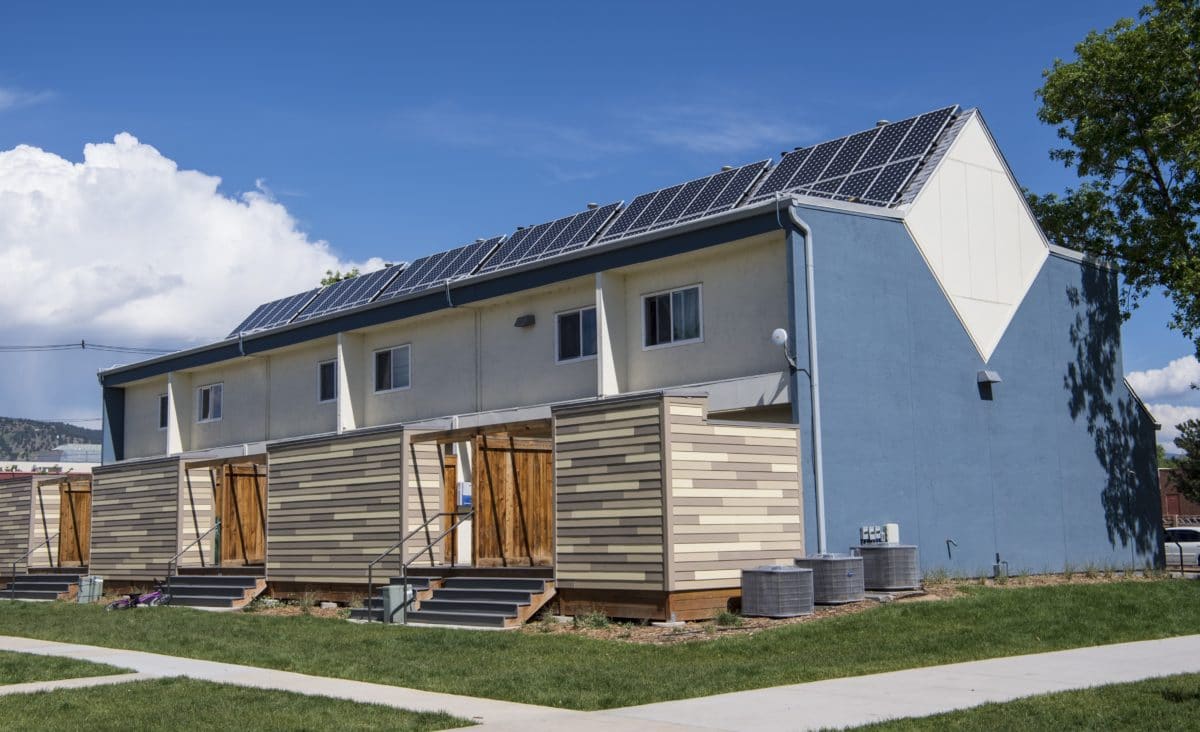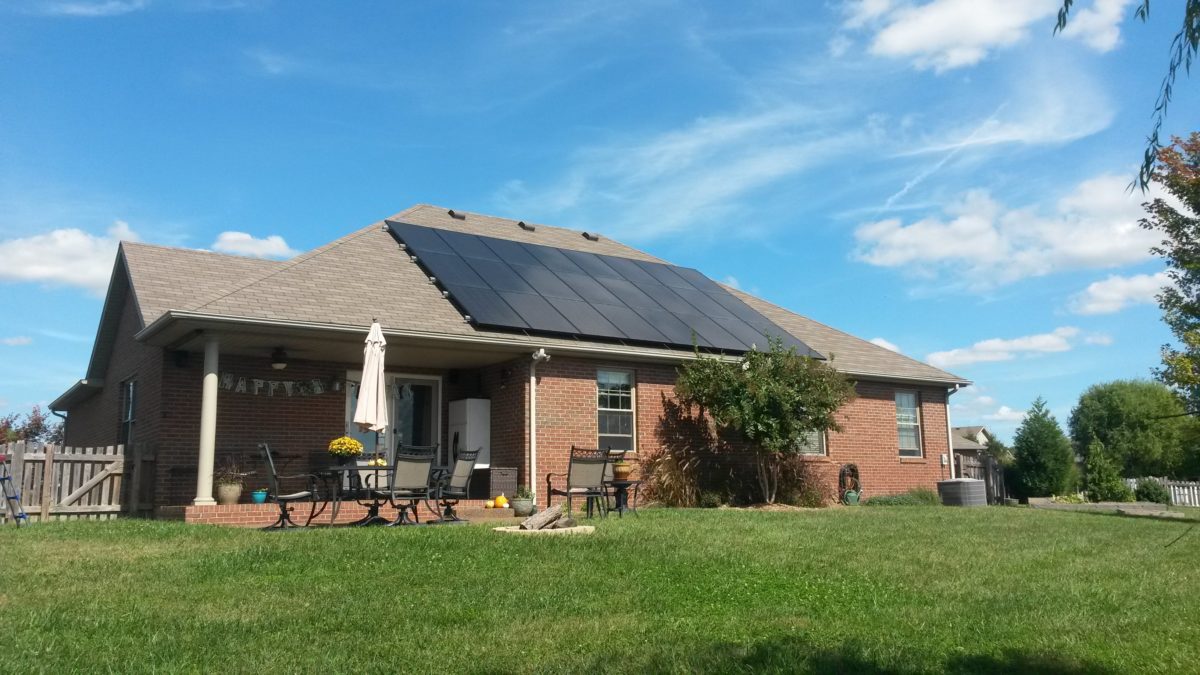Ignore the 3c/kWh, you would still have a lifetime payback on modest solar arrays if all you did was effectively "shed load". A modest 2 kW array would do that for most homes in thirsty North America (the top consumers of electricity per capita in the world). Residential solar companies could design a really simple to install system with 4 x 500W (large format panels), simple cookie-cut install system and a specially designed inverter which can "cap" output to zero the meter.
This is EASILY doable, as I know hybrid all-in-one inverters like Sol-Ark have this feature working today, but are extremely expensive and are designed for much larger 12kW arrays.
In Ontario, time of use pricing is ~12c/kWh, and the bill has other (line efficiency) costs that raise this to approximately 14c/kWh. A 2kW system producing ~2200 kWh a year would reduce electricity bill by $300/yr. If installers wanted to go aggressive, they could source panels are $300 (CDN) for 500 W, inverter $800, install $1000 so $3000 price to customer, or 10 year pay off. But that's not what installers want to do... It's a lot of effort for a small return, so obviously installers should fight this to make sure their bread and butter 8+ kW systems pay off.






